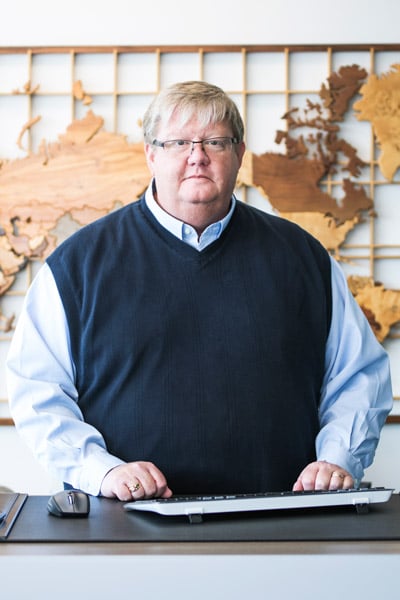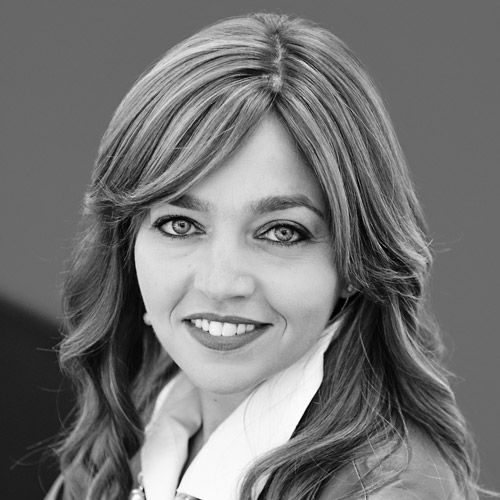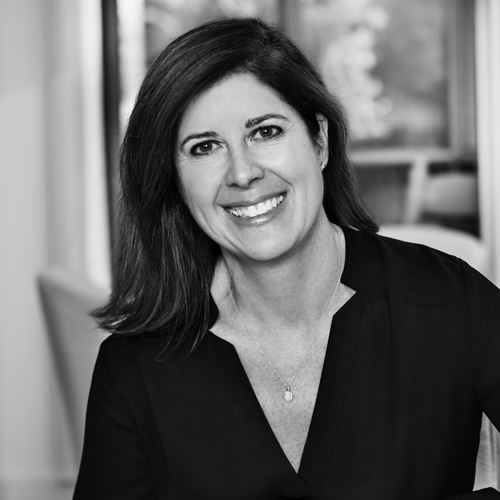
Bob Swan was twenty-seven years old and in his fourteenth role at JCPenney. He was comfortable, secure, capable, well-liked, and deeply knowledgeable. But something was missing. He had watched people much like him—comfortable, secure, and capable in their work—become disengaged and let years and opportunities slip away. He didn’t want to become one of them. He needed new challenges and a faster pace. Against protests from people who told him to be reasonable and fighting the typical risk-averse tendencies that confront radical redirections, Swan made the move in 2011 to a rapidly growing new company in a new industry.
That company was Susser Holdings, an operator of Texas-area convenience stores. For three years, the company grew rapidly until a climactic acquisition by Energy Transfer Partners. The acquisition prompted Swan to follow his original recruiter to Susser, Steve DeSutter, to FOCUS Brands, a franchisor operating a portfolio of six global food-service brands: Auntie Anne’s, Carvel, Cinnabon, McAlister’s Deli, Moe’s Southwest Grill, and Schlotzsky’s Deli. DeSutter now serves as CEO of the company, and Swan serves as executive vice president and chief human resources officer.
His major project at the organization is to integrate six unique brands into one overarching culture, without losing the distinct and idiosyncratic identities of each.
“Our challenge is twofold: we’re mindful that we have six highly recognized brands that have their own cultures, and we don’t want to change or dilute that,” he explains. “But how do we take this umbrella culture, FOCUS Brands, and put that over the top?” The goal, he continues, is to allow those brands to flourish while developing that umbrella. And human resources leaders have unique advantages when leading an organization through such a transformation.
One of those advantages is what he refers to as organizational neutrality. “Even in an open and transparent culture, which I’m proud to say we’ve worked hard to build, there are always competing ideas and agendas,” Swan says. “We were able to address those openly as an organization, coming in from a neutral standpoint. There was no agenda one way or the other. We were really there to make sure our organization and our structure focused on providing the most value.”
One key to this approach has been the company’s space itself. In 2015, the organization moved its Atlanta headquarters from a drab, exceedingly normal office park to a new innovation campus. As each brand fills out its own wing of the space in its own style—rock music can sometimes be heard coming from Moe’s offices, for example—the space comes to serve as a symbol for the organization itself: distinct identities, united under one umbrella.
“Moe’s stands for ‘Musicians, Outlaws, and Entertainers. Their culture is irreverent. It’s very different from the experience at Cinnabon or Auntie Anne’s,” he says. “Even within our building, you will find very different people and behaviors, but they’re all in tune with what their brand is.”
Throughout the shared spaces, Swan and his team create opportunities for associates to connect with each other and to the overall FOCUS mission. He points out the “Cheers for Peers” walls, writeable surfaces in the stairways where colleagues commend each other on work well done, and the “Wonder Wall” in the break room, which is where associates practice gratitude, enumerating their blessings under the heading, “I’m grateful for.” That prompt changes each quarter, so team members can continuously renew these spaces with their personal affirmations and positive energy.
The innovation campus further lives up to its name providing opportunities for extracurricular programming such as after-hours yoga classes, networking lunch-and-learns, and “Garage Talk” sessions—a spin on TED Talks where any associate can host a casual, fifteen-minute discussion on a relevant topic, hobby, or personal passion.
Swan and his team prioritize the assessment of their work. They gather feedback by the familiar employee surveys, but they also provide additional channels for engagement, such as the “Lunch with Bob” initiative—an informal opportunity for face-to-face dialogue.
“I get 35–50 people at a time for what turns into a lunch hour of really robust, transparent conversations,” Swan says. “The questions have moved from tentative to insightful. These are questions that get to the hard topics and provide the right visibility.”
They also maintain a committee called the Social Network, whose charge is to assess morale, generate ideas such as the aforementioned writeable walls, and develop engagement initiatives to maintain their culture of collaboration. Thanks to these, Swan’s confident that the organization is successfully pursuing one common mission in six brand-distinct fashions.
During one recent lunch session, Swan hosted the company’s class of twenty-four interns, fielding questions and sharing lessons from his own experience. He reflected on his final days at JCPenney and how he knew he had to leave that comfort and stability in pursuit of a deeper satisfaction.
“When I began my career, I was looking for an industry or organization where I could learn and grow and advance,” Swan recalls. “But sometimes people look up and they’ve been with a company for ten years, and they come to the realization that they weren’t happy, engaged, or excited. If you’re doing something that isn’t meaningful, you don’t want to look up in ten years and say, ‘I’m stuck doing something I don’t enjoy.’ The titles and the money will come. People who are successful are the ones who have a passion for what they do.”
Photo: Dave Cohen

